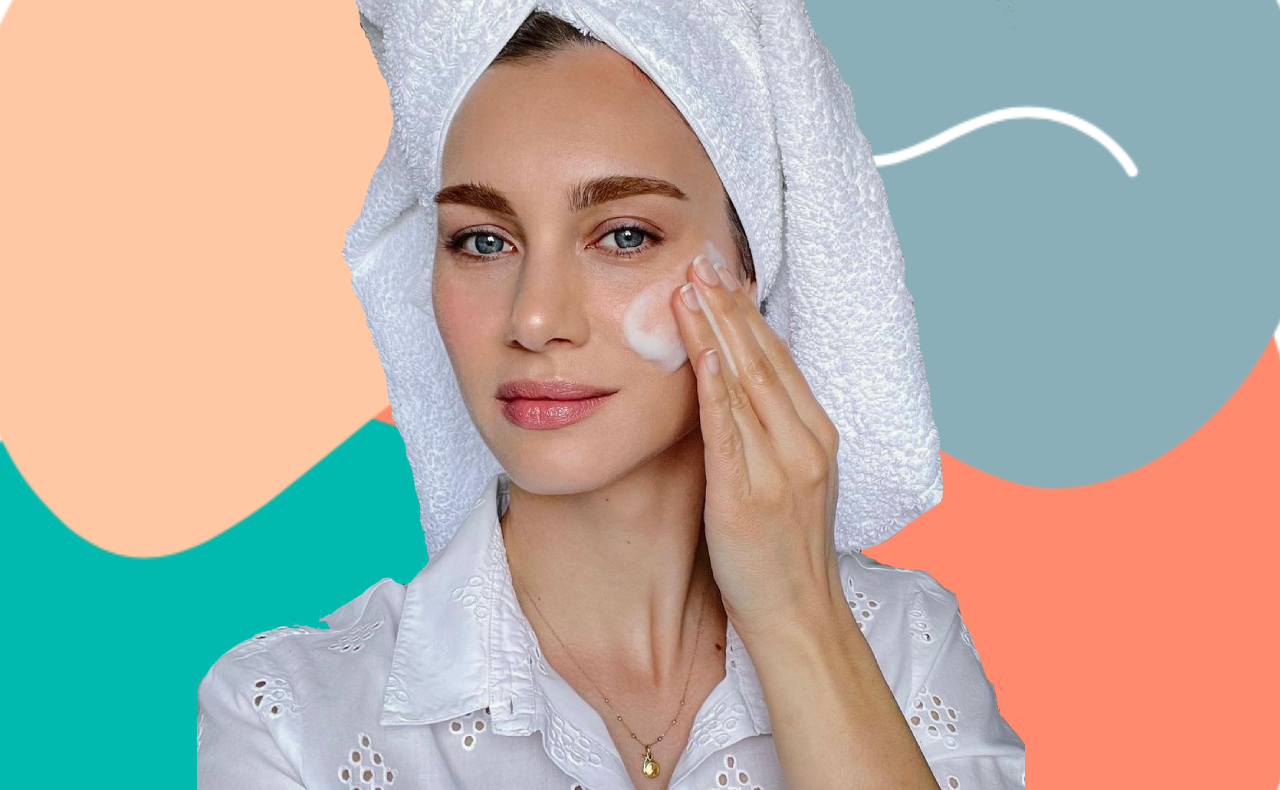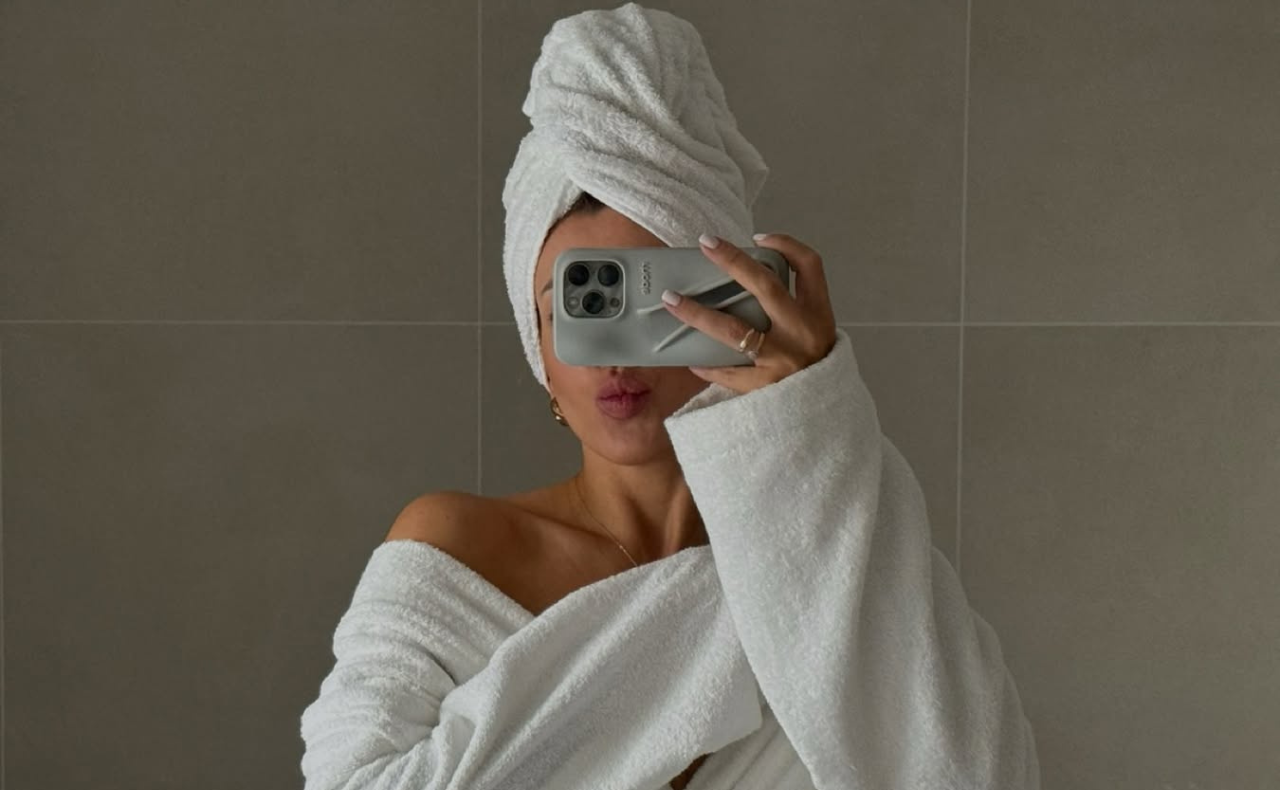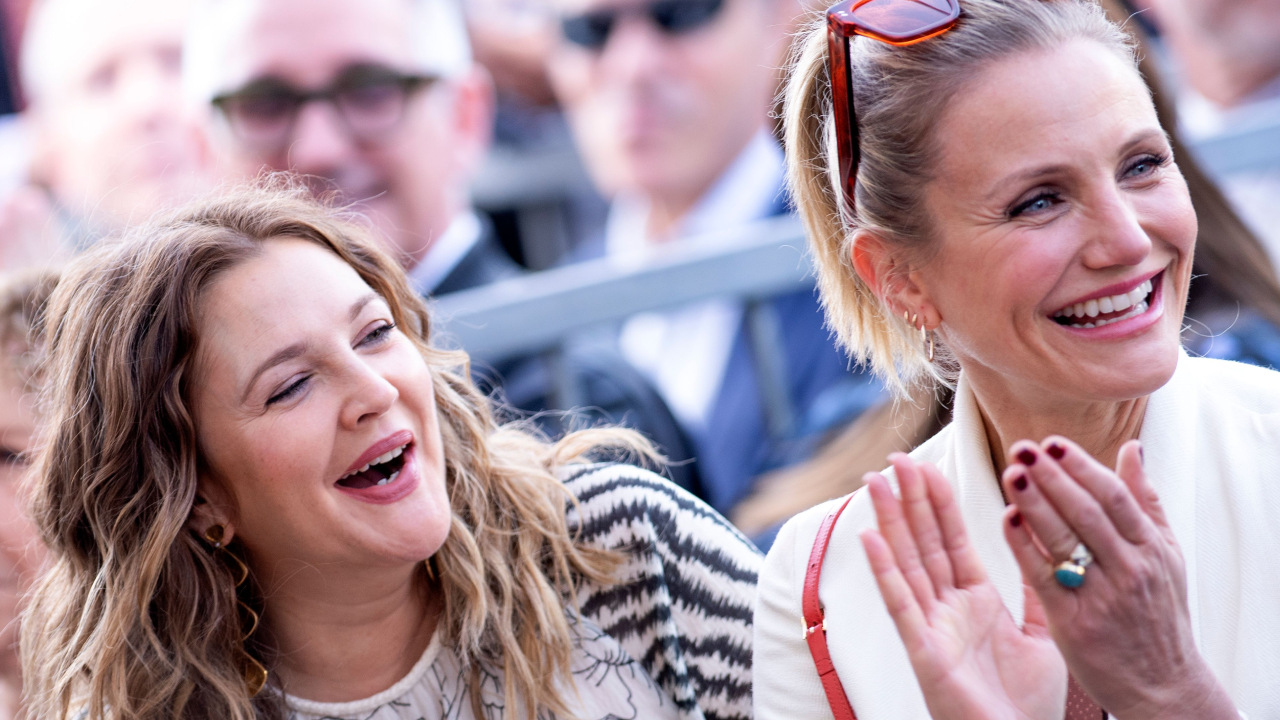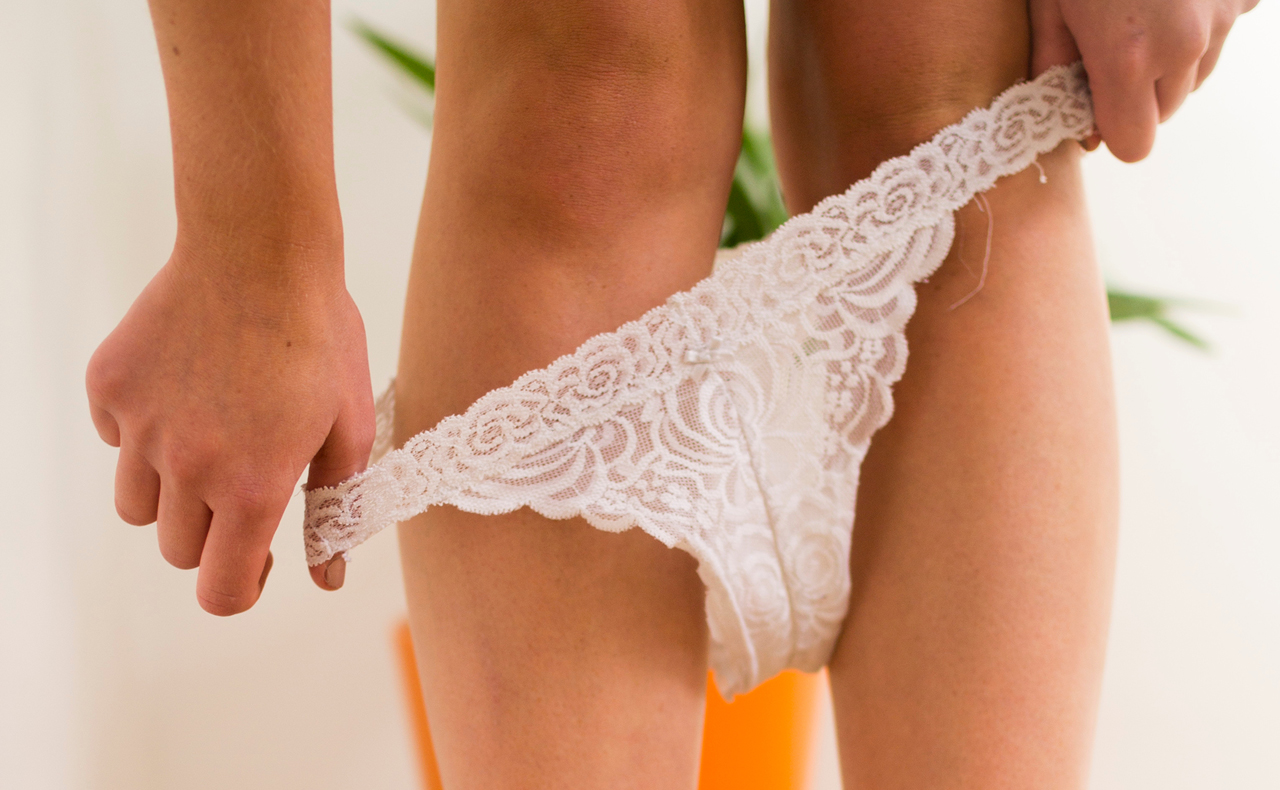Now that we’ve learnt all about the changes your skin goes through during your twenties and early thirties, it’s now time to discover how your skin ages during your late thirties to forties.
To shed some light, we spoke to Robyn Hutch, NIVEA skincare expert and consumer services manager, to get the lowdown on ageing during your thirties and the best products to help keep your skin in optimal condition.
How does your skin change during your 30s?
According to Robyn, during your thirties skin becomes thinner, its cellular renewal process slows down and it can’t hold moisture as effectively, which can result in the following:
Your skin’s energy lessens…
“The body takes the energy it needs for cell function from the nutrients in the food we eat…As we age, blood vessels become less efficient in circulating these nutrients,” says Robyn. “Other components used by the cells in energy production also start to naturally decline with age….When skin lacks energy, it can no longer complete its renewal processes effectively, which causes wrinkles. With insufficient energy, free radicals – which are formed when skin is exposed to UV light – are able to accelerate the ageing process as they can damage DNA, skin cell membranes and other proteins, which are needed for skin cell regeneration.” As a result, skin issues that you may previously not have dealt with, such as pigmentation, dullness and uneven skin tone can arise.
Lines and wrinkles start to appear…
“The skin’s top-most layers – the epidermis and dermis – become thinner in our thirties. The dermis is the structural layer of skin and holds the blood vessels and structural proteins like collagen and elastin,” explains Robyn. “It’s these structures that hold the skin tight and firm. But as the dermis becomes thinner, the skin begins to lose elasticity and more noticeable wrinkles form, for example, on the forehead.” Likewise, those fine ‘laughter lines’ or crow’s feet around the eyes can also start to become more pronounced.
Your skin starts to feel dry and flaky…
“The supple, moisturised feel of skin is provided by oils and lipids that are naturally produced by cells. They help to protect and coat the skin,” says Robyn. “These lipids are responsible for holding together the skin cells and to provide the skin with its natural waterproofing layer. As we age, the production of these lipids reduces, which result in dry and flaky skin.” During this phase, it can be harder for your skin care products to penetrate the skin and effectively do their job.
Which key skin care ingredients will help address these issues?
Coenzyme Q10: “Coenzyme Q10 plays a key role in skin’s energy processes, converting nutrients into cellular energy that can be used by cells.” According to Robyn, the amount of this vital anti-ageing substance that exists naturally in our skin diminishes as we age, so it becomes more important than ever to look for skin care solutions containing this ingredient.
SPF sun protection: As you age, your skin becomes less resilient to the elements, and so is more prone to being compromised and damaged by the harmful rays of the sun. For this reason, it’s vital to use a product with sun protection to help shield the skin from UV rays and help fight the formation of free radicals and subsequent skin damage.
Introducing your new anti-ageing go-to product for your mid 30s to 40s…
There is one product that can help support and protect your skin during this period of ageing, as well as help prevent the signs of ageing, and it’s NIVEA Q10 Plus Anti-Wrinkle Day Cream SPF30.
It contains the vital Coenzyme Q10 to help give your skin the boost of energy and intense moisture it needs to function better, appear smoother and battle the signs of ageing. It works with the skin’s processes to help reduce the appearance of wrinkles in just two weeks.
“The topical application of Coenzyme Q10 in the form of a cream can help to restore natural levels of Q10 and therefore give it the energy it needs to effectively repair and protect the skin. These positive effects can result in a reduction in the visible signs of lines and wrinkles,” explains Robyn.
This day cream also features SPF30 sun protection as well as additional UVA filters to protect your skin from sun damage. Add this day cream to your morning routine to help give your skin the nourishing and protecting boost it needs.
If you’ve got combination skin, try NIVEA Q10 Plus Anti-Wrinkle Plus Light Day Cream instead. This lighter formula specifically meets the needs of a combination skin type and helps refine your pores, as well as having all the benefits of the original Q10 Plus Anti-Wrinkle Day Cream. It’s also non-comedogenic, so it won’t clog your pores either!
Finally, round out your age-fighting skin care routine with a night cream like NIVEA Q10 Plus Anti-Wrinkle Night Cream. It will help give your skin the overnight support it needs by providing intense hydration, plumping out wrinkles and helping prevent new ones from forming.
All NIVEA’s products are clinically proven, value-for-money and designed to work in harmony with your skin. With over 100 years of research and skin care expertise, NIVEA truly are the experts in skin care.
Would you like to win your very own NIVEA Q10 Plus Anti-wrinkle Day Cream SPF30? We’ve got five to give away, so simply CLICK HERE to be in the running to win. Good luck!
In your twenties? CLICK HERE to find out the best way to care for your skin, and be sure to stay tuned to find out which ingredients and products you should be using in your forties, and beyond!
To read more reviews for the NIVEA Q10 Plus Anti-Wrinkle Day Cream SPF30, CLICK HERE.
To read more reviews for the NIVEA Q10 Plus Anti-Wrinkle Plus Light Day Cream, CLICK HERE.
To read more reviews for the NIVEA Q10 Plus Anti-Wrinkle Night Cream, CLICK HERE.

If you’re in your thirties, what are your biggest skin concerns? How do you care for your skin?




